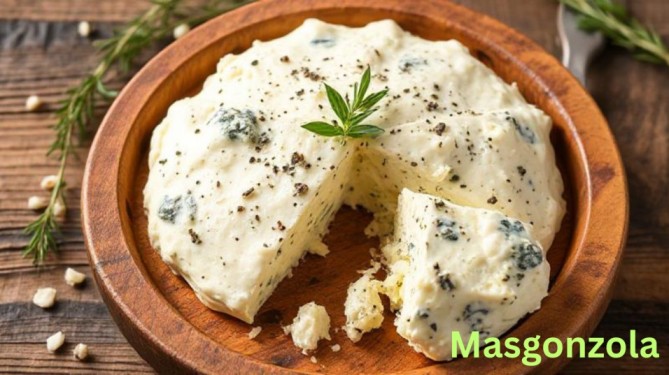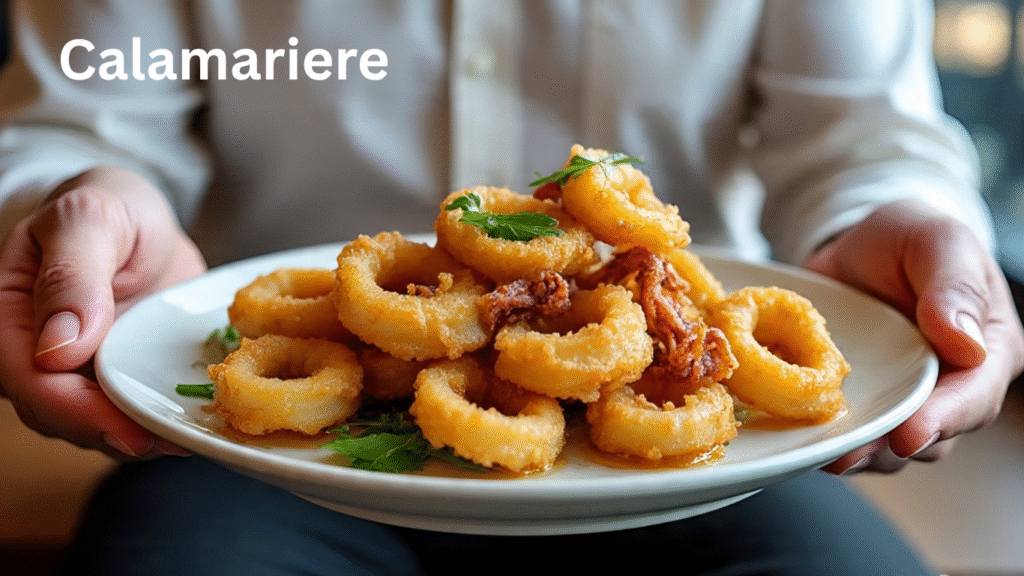When exploring new topics, few generate as much curiosity as Masgonzola. While it might sound unfamiliar to some, Masgonzola has been gaining attention in different circles whether in cultural discussions, culinary experiments, or even academic debates. This guide provides a comprehensive, balanced overview of everything you need to know about Masgonzola, focusing on its origins, uses, benefits, challenges, and the tradeoffs involved in approaching it from multiple perspectives.
What Is Masgonzola?
At its core, Masgonzola can be described as a versatile concept, product, or tradition that bridges several fields. For some, it represents a culinary delicacy, a rich, flavorful item often paired with wine, fruits, or bread. For others, it stands for a cultural marker, a symbol of tradition that has evolved over time.
Regardless of how it is understood, the popularity of Masgonzola stems from its ability to adapt to different contexts while retaining unique qualities.
Historical and Cultural Significance
The story of Masgonzola cannot be separated from its historical roots. Early records point to communities where Masgonzola was valued not only for its taste but also for its symbolic meaning. Over time, it became integrated into festivals, gatherings, and regional identities.
The cultural angle is important because it reminds us that Masgonzola is more than a consumable product; it reflects heritage, craftsmanship, and tradition.
Key Factors That Impact Masgonzola
Several factors shape how Masgonzola is produced, consumed, and perceived:
- Quality and Authenticity
- The richness of Masgonzola often depends on traditional methods of preparation. Authentic approaches tend to deliver stronger flavors and higher prestige, though they may be costlier.
- Accessibility and Cost
- While premium Masgonzola appeals to connoisseurs, affordability plays a major role in its wider adoption. Balancing price with authenticity is a common challenge.
- Health and Nutrition
- In a health-conscious world, people are asking whether Masgonzola is beneficial or harmful. Nutritional analysis highlights both strengths (richness in certain nutrients) and weaknesses (potentially high in fats or salts).
- Sustainability
- The way Masgonzola is produced impacts the environment. Local, small-scale methods may support sustainability, but scaling up production for global demand can create tradeoffs between profitability and ecological responsibility.
Tradeoffs and Challenges
Every approach to Masgonzola comes with tradeoffs.
- Traditional vs. Modern Production
Traditional methods preserve authenticity but can limit supply. Modern industrial approaches increase availability but risk diluting quality. - Health vs. Indulgence
Consumers must decide whether to enjoy Masgonzola as a luxury or to limit intake for health reasons. - Cost vs. Value
While cheaper alternatives exist, they may lack the flavor or prestige of original Masgonzola. On the other hand, premium options may not be accessible to everyone.
These tradeoffs highlight the complex decision-making process surrounding Masgonzola, both for producers and consumers.
Global Reach and Modern Trends
In recent years, Masgonzola has crossed borders, appearing in restaurants, markets, and media worldwide. Chefs are experimenting with Masgonzola in fusion cuisines, while businesses are marketing it as part of luxury or lifestyle products.
However, this globalization raises questions:
- Will mass production erode cultural uniqueness?
- Can sustainability keep pace with rising demand?
- How do consumers balance tradition with innovation?
Why Decisions About Masgonzola Matter
Understanding Masgonzola is not just about knowing its taste or price—it’s about recognizing its broader impact. Decisions about production, consumption, and marketing affect:
- Local communities, who rely on it for income and cultural identity.
- Consumers, who want both quality and affordability.
- The environment, which bears the weight of resource use in production.
This makes it essential to consider not just short-term benefits but also long-term implications when making choices about Masgonzola.
Conclusion
This guide has explored everything you need to know about Masgonzola from its origins and cultural importance to the tradeoffs and challenges it presents. While it can be enjoyed as a delicacy, celebrated as a cultural icon, or studied as a symbol of tradition and change, Masgonzola ultimately reflects the complex balance between authenticity, accessibility, health, and sustainability.



